Top Class Actions’s website and social media posts use affiliate links. If you make a purchase using such links, we may receive a commission, but it will not result in any additional charges to you. Please review our Affiliate Link Disclosure for more information.
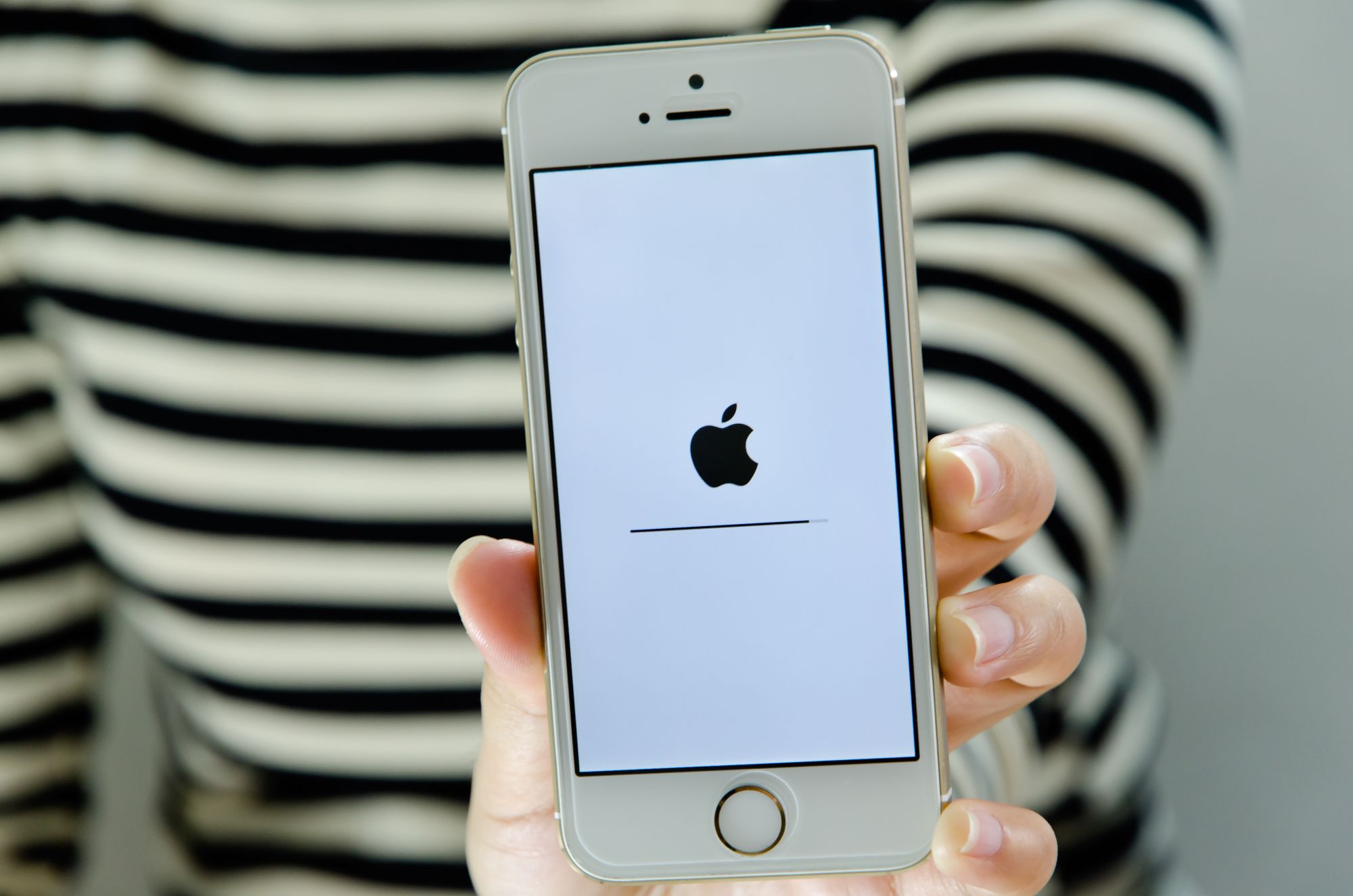
U.S. District Court Judge Lucy H. Koh said the class action plaintiffs could amend their allegations, but the claims were too shaky to continue.
Judge Koh did say that the proposed Class was adequate, but the plaintiffs failed to establish how Apple had misled consumers.
Several plaintiffs alleged in their class action lawsuit filed last year that the touchscreens on iPhone 6 and iPhone 6 Plus smartphones became unresponsive due to a design defect that Apple was aware of, but intentionally failed to fix.
According to the complaint, Apple won’t fix the problem, but instead tells consumers to get expensive fixes or pay for a whole new phone.
“Plaintiffs’ allegations are too vague to provide defendants with the ‘who, what, when, and where’ of the allegedly fraudulent omissions,” noted the judge in her order.
The class action plaintiffs hit Apple with claims of fraud, breach of implied warranty, negligent misrepresentation, and unjust enrichment. They alleged that Apple violated various state consumer protection laws as well. Claims were trimmed in November, to include fraud, breach of warranty and claims under the Magnuson-Moss Warranty Act.
Apple argued that the plaintiffs did not have standing to represent the proposed Class of iPhone 6 users, but Judge Koh rejected that argument in her order. The plaintiffs lost their claims for an injunction, though, noting that iPhone users don’t face immediate threat of injury due to the malfunctioning iPhones.
According to the class action, the alleged defect originates in how controller chips are improperly secured within the motherboard of the recently redesigned smart phones. The plaintiffs say that in earlier models of the iPhone this wasn’t a problem because a “shield” was installed that protected the chips; but this shield is not included in the iPhone 6 and 6 Plus models. The plaintiffs further allege that the problem can only be fixed with a new device or new logic board; both expensive propositions.
In dismissing the plaintiffs’ claims, the judge pointed out that they had never said they relied on any statements from Apple advertising the durability of the iPhone 6 and 6 Plus, even though such claims were made by the software giant.
The plaintiffs had sought to represent a nationwide Class of iPhone purchasers as well California, Delaware and Pennsylvania subclasses. The plaintiffs still could represent their proposed Classes if they amend their complaint per the judge’s order.
The plaintiffs are represented by Richard D. McCune, David C. Wright, Joseph G. Sauder, Matthew D. Schelkopf and Joseph B. Kenney of McCuneWright LLP, Stephen G. Larson of Larson O’Brien LLP, Mitchell M. Breit of Simmons Hanly Conroy LLC, Greg Coleman of Greg Coleman Law and Steven A. Christensen and Zane L. Christensen of Christensen Young & Associates PLLC.
The Apple iPhone 6 Touchscreen Defect Class Action Lawsuit is Thomas Davidson, et al. v. Apple Inc., Case No. 5:16-cv-04942, in the U.S. District Court for the Northern District of California.
UPDATE: On July 25, 2017, a California federal judge trimmed some claims in a class action lawsuit against Apple Inc. over an alleged iPhone 6 and iPhone 6 Plus touchscreen defect, but will allow the case to move forward.
UPDATE 2: On May 8, 2018, Apple consumers have been denied Class certification in their iPhone touchscreen defect lawsuit after a federal judge found that the consumers failed to meet the predominance requirement for certification.
ATTORNEY ADVERTISING
Top Class Actions is a Proud Member of the American Bar Association
LEGAL INFORMATION IS NOT LEGAL ADVICE
Top Class Actions Legal Statement
©2008 – 2024 Top Class Actions® LLC
Various Trademarks held by their respective owners
This website is not intended for viewing or usage by European Union citizens.




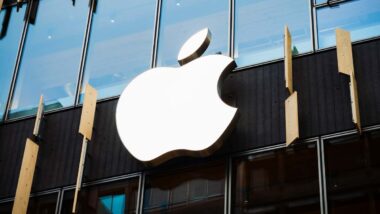
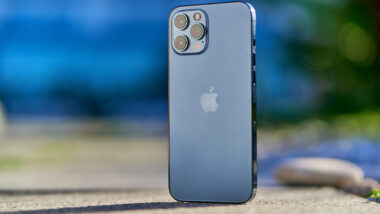

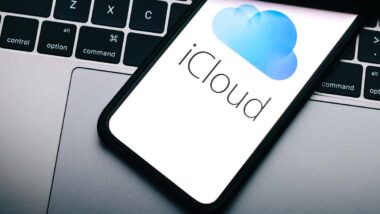

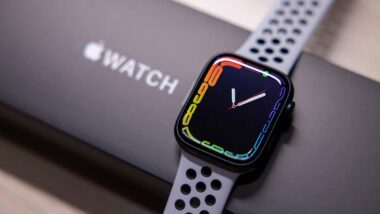

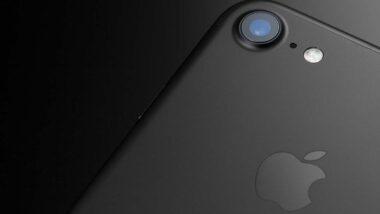
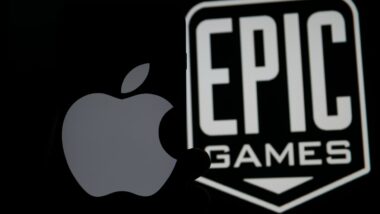


4 thoughts onApple iPhone 6 Touchscreen Defect Class Action Tossed For Now
My iphone 6plus has the disease . I can forward my service chat which clearly defines their lack of useful response. I am I Australia as you can see. Can I join the suit as Apple have really p*****ed me off?
my husbands phone has spots where it does not respond to touch took to local at&t store to fix do not know how long it will stay fixed.
UPDATE: On July 25, 2017, a California federal judge trimmed some claims in a class action lawsuit against Apple Inc. over an alleged iPhone 6 and iPhone 6 Plus touchscreen defect, but will allow the case to move forward.
I have taken my phone in for repairs and check ups and apparently I’m the defective one. My phone has done this since the beginning but nothing is wrong according to Apple. I’ve never gotten so frustrated with a phone. Glad to know I’m not the only person that has this problem. Can’t turn on my phone, sign in, answer calls or turn off to rest. For the $, this phone is lucky to have not been thrown into the wall.